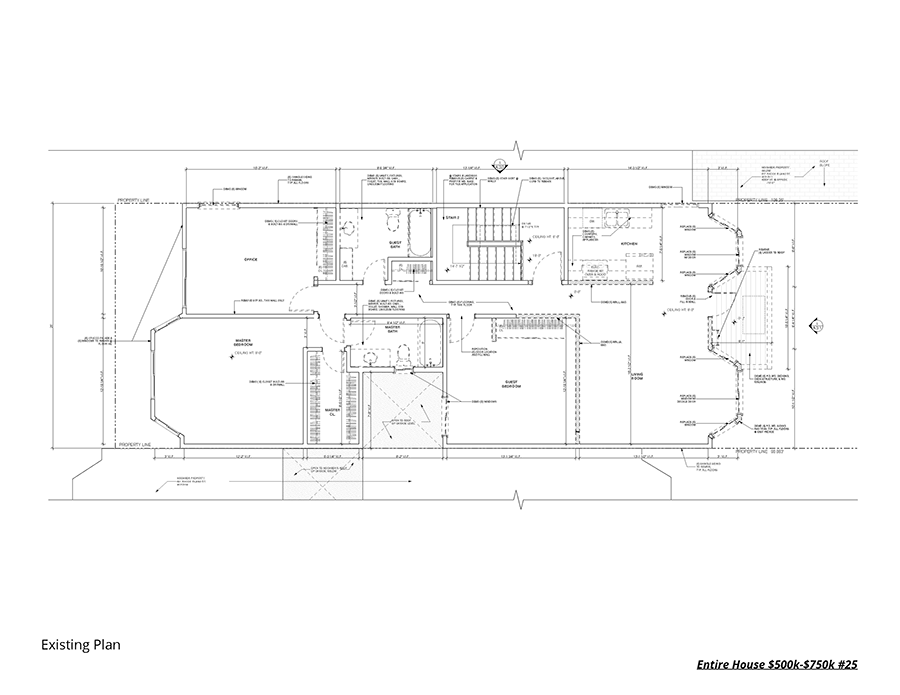Embarking on a home improvement project requires more than just blueprints and tools; it demands a strong partnership with your contractor. We will explore the crucial role of communication in building a successful relationship with your contractor. Effective communication is the key to a harmonious and successful collaboration from the initial planning stages to the final hammering of nails.

Establish Clear Objectives: Lay the Foundation for Communication
Before the first brick is laid or the paintbrush touches the wall, set clear objectives for your project. Define your goals, expectations, and vision. Communicate these to your contractor to ensure a shared understanding and a unified direction from the project’s outset.
Open Channels of Communication: Foster Transparency and Accessibility
Effective communication hinges on open channels. Establish a communication plan that encourages transparency and accessibility. Ensure that both you and your contractor have clear lines of communication, be it through regular meetings, emails, or project management tools. An open dialogue fosters trust and allows for quick problem-solving.
Establish a Detailed Contract: Put Everything in Writing
A well-drafted contract is a cornerstone of successful communication. Detail the scope of work, project timeline, payment terms, and any specific expectations in writing. A comprehensive contract serves as a reference point and minimizes misunderstandings, providing a roadmap for a smooth collaboration.
Set Realistic Expectations: Aligning Vision and Reality
Communicate openly about your expectations, but also be receptive to your contractor’s insights. Set realistic expectations regarding project timelines, potential challenges, and unforeseen issues. Open and honest conversations lay the groundwork for a realistic understanding of what can be achieved within the confines of your project.
Regular Progress Updates: Stay Informed and Engaged
Maintain regular progress updates throughout the project. Regular check-ins ensure that you stay informed about the project’s status and allow for any adjustments or clarifications. This ongoing dialogue keeps both parties engaged and promotes a sense of shared responsibility.
Address Considerations Promptly: Tackling Issues Head-On
No project is without its challenges. Effective communication involves addressing concerns promptly and tackling issues head-on. If you have any reservations or encounter unexpected problems, communicate these to your contractor as soon as possible. Timely communication allows for swift resolution and keeps the project on track.
Be Open to Collaboration: Embrace a Team Approach
Approach the project as a collaborative effort. Be open to your contractor’s expertise and suggestions. A team-oriented mindset fosters a positive working relationship and ensures that both parties contribute their unique strengths to the project. Collaboration leads to innovative solutions and a more successful outcome.
Provide Feedback: Celebrate Successes and Offer Constructive Feedback
Celebrate successes along the way and provide constructive feedback. Acknowledge milestones achieved and express your satisfaction with the progress. Likewise, if there are areas for improvement, constructively communicate these. Feedback is a two-way street contributing to continuous improvement and a successful working relationship.
Communication as the Cornerstone of Success
In the world of home improvement, communication is not just a tool—it’s the cornerstone of success. Building a successful relationship with your contractor involves:
- Establishing clear objectives.
- Fostering open channels.
- Detailing expectations in a contract.
- Setting realistic goals.
- Providing regular updates.
- Addressing concerns promptly.
- Embracing collaboration.
- Offering feedback.
By prioritizing effective communication, you lay the foundation for a successful partnership that transforms your vision into reality.



